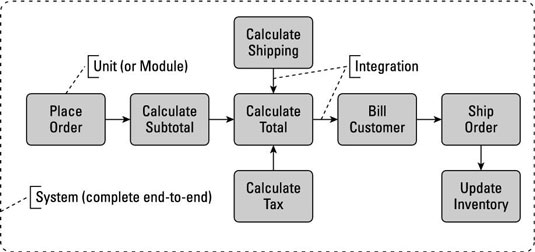Design Thinking:
This has been a pressing topic for any Business Analys / Project Manager while prototyping or while advising a solution design.
Design thinking is about being into customer shoes and trying to identify if the applied approach is feasible or logical in nature for en customer to use it.
Also, principels of desing thinking helps to review and desing the solution is a better way which can indirectly increase acceptance ratio.
According to human psychology a good design is not glamorous, it's more of easy to use for the user. Desing thinking is more over a lean process.

steps to be followed for design thinking are as below:
Understand:
During this phase being a client advisor individual should try to understand the pain points of current system/process. Individual should build empathy for the user while performing this phase. Techniques which can be used are;
Define:
During this phase user has to review the understood requirements and define them in document by bifurcation/categorization and drafting it's detail for review.Techniques which can be used are;
Ideate:
This is a primary phase because during this phase requirements can get modified and technical feasibility is being validated by technical team. This stage covers approach such as Brainstorming.Techniques which can be used are;
Prototype:
A visual representation helps human brain to connect easily rather than theoretical approach or imagination. Team can design a beta version or prototype which only has view only approach rather than storing data as this can help end user to connect easily and suggest valid business cases which should be covered during final development.Techniques which can be used are;
Refine:
Once above stages have been completed team can perform retrospective to identify the gap which could have impacted time-lines/process during the designing.Techniques which can be used are;
Various techniques which can be used in design thinking are;
Principles of design thinking.
Principles of design thinking are as below,
Points to note:
Design thinking is about being into customer shoes and trying to identify if the applied approach is feasible or logical in nature for en customer to use it.
Also, principels of desing thinking helps to review and desing the solution is a better way which can indirectly increase acceptance ratio.
According to human psychology a good design is not glamorous, it's more of easy to use for the user. Desing thinking is more over a lean process.

steps to be followed for design thinking are as below:
- Understand/Empathize
- Define
- Ideate
- Prototype
- Refine/Test
Understand:
During this phase being a client advisor individual should try to understand the pain points of current system/process. Individual should build empathy for the user while performing this phase. Techniques which can be used are;
- Understand the audience: Try to understand the stakeholders.
- Secondary research : Perform research on client's business and it's needs.
- Observation : Have a tour to understand current work process.
- Data gathering : Reviewing customer shared documents. Interview : One on One with subject matter experts (SME's)
Define:
During this phase user has to review the understood requirements and define them in document by bifurcation/categorization and drafting it's detail for review.Techniques which can be used are;
- Download & group: Say, Think, Do, Feel mechanism. Also once can create Empathy maps/persona's to define the requirements.
- Create a Need Statement: i.e. "As user needs _______" statment can help to define the needs of end user to reviewers and developers.
Ideate:
This is a primary phase because during this phase requirements can get modified and technical feasibility is being validated by technical team. This stage covers approach such as Brainstorming.Techniques which can be used are;
- Create a How might we statement. :- In this technique once can list down all approaches that can be fetched to achieve some goal.
- Brainstorm. :- Perform an activity with group of people to identify the solution.
- Find analogous inspiration. :- Analogous Inspiration is about changing your focus, trying to find other products, organizations, industries, services that somehow could relate to your problem, or a part of it.
- Bundle and choose solution. :- Break solution into bundles and create a packaged solution. i.e. like MsOffice, Telephone carrier packages.
Prototype:
A visual representation helps human brain to connect easily rather than theoretical approach or imagination. Team can design a beta version or prototype which only has view only approach rather than storing data as this can help end user to connect easily and suggest valid business cases which should be covered during final development.Techniques which can be used are;
- Define your assumptions. :- define your assumptions in a representable manner which can be used by user.
- Create and test a prototype. :- Create a prototype where user can play around and explore more of requirements.
Refine:
Once above stages have been completed team can perform retrospective to identify the gap which could have impacted time-lines/process during the designing.Techniques which can be used are;
- Collect Feedback. :- Collect feedback from end user where required improvements can be made.
- Refine your Idea.
Various techniques which can be used in design thinking are;
- HandOn
- Iterative
- User Centered
- Data based
- Action Ortiented
- Elastic
Principles of design thinking.
Principles of design thinking are as below,
- Feedback
- Digestibility - breakdown of lengthier process.
- Clarity
- Familiarity
- Delight
- Case study
Points to note:
- Design for end user and not for self based on feedbacks.
- Always define the relationship between the elements.
- Have a data organized for user to have ease of eye.
- This process of design thinking life cycle continues until the scope is finalized.



Comments
Post a Comment